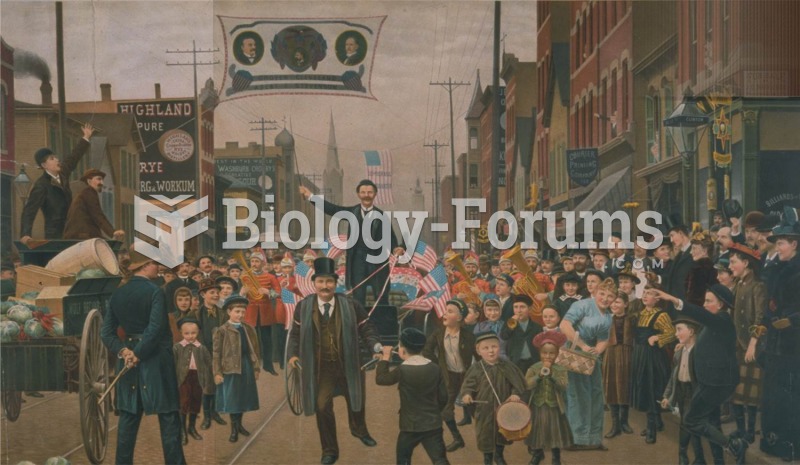Answer to Question 1
a
Answer to Question 2
A QUESTION OF ETHICS
1. As the appellate court recognized, Bonyard's chief difficulty in avoiding disclosure of IBM's trade secrets might be in determining what it is that he is not to disclose. The subject matter of trade secret protection is very broad: virtually any information can qualify for protection if its limited availability gives it economic value and it is reasonably guarded. Scientific and technological information qualifies, as can business and financial information such as costs, preferred suppliers, prices, production processes, compilations of information, and so on. Without a more specific direction from the court in this case, it might be nearly impossible for Bonyard to work for Seagate without disclosing IBM trade secrets.
2. Fundamental policies underlying trade secret protection include the incentive that protection provides for innovationthat is, protecting trade secrets encourages efforts and investment in research and development by providing some control over the commercial results. Protection of trade secrets also helps to maintain ethical standards (trust, loyalty, confidence) by prohibiting the use of improper means (such as bribery or theft) to obtain secrets. Finally, protection of trade secrets reduces the need for other measures (security, re-stricted licensing, restricted dissemination of information) in attempts to assure secrecymeasures that would likely waste resources that can be put to better uses. A countervailing policy is free competition.
Special considerations of public policy apply to disputes between employers and former employees over potential use of trade secrets. An employee's ability to earn a living may be affected by an employer's attempt to protect trade secrets. Thus, if a dispute comes before a court, the court must weigh the effect of trade secret protection on the commerce that trade secret protection is intended to encourage. Courts must consider two policies: the policy of employee mobility and the employers' interest in preserving their investments in innovation. Employees have an interest in using their knowledge and skills wherever they choose (and thereby presumably putting their efforts to the highest and best uses, in economic terms). Employers have an interest in protecting their investment in innovation, in fostering commercial ethical standards, and in reducing their costs.
3. Most trade secret owners control the dissemination of their trade secrets and lessen the risk of disclosure by setting up protection programs, which may include informing employees of the trade secret policy, managing physical security measures (such as controlled access to trade secrets), and asking employees to agree not to disclose secrets to which they have access.
4. In a society based on free competition, an employee has a right to make use of the general knowledge or skill that he or she acquires through experience in pursuing the occupation for which he or she is best qualified. It would seem that, in particular, a court should be reluctant to enjoin an employer's claim that information is its trade secret when the employee himself or herself was largely responsible for its development.







